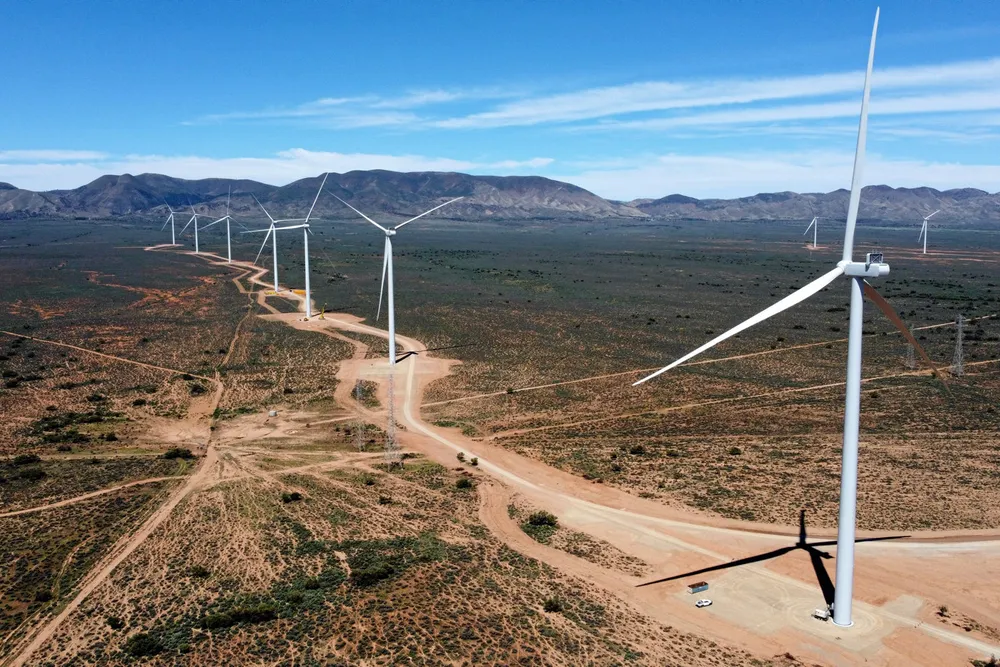OPINION | Can high power prices on the world’s most renewables-reliant grid be reduced by green hydrogen?
South Australia plans to produce H2 from negative-cost excess wind and solar, and use it to generate electricity when wholesale prices are high, writes John Poljak
